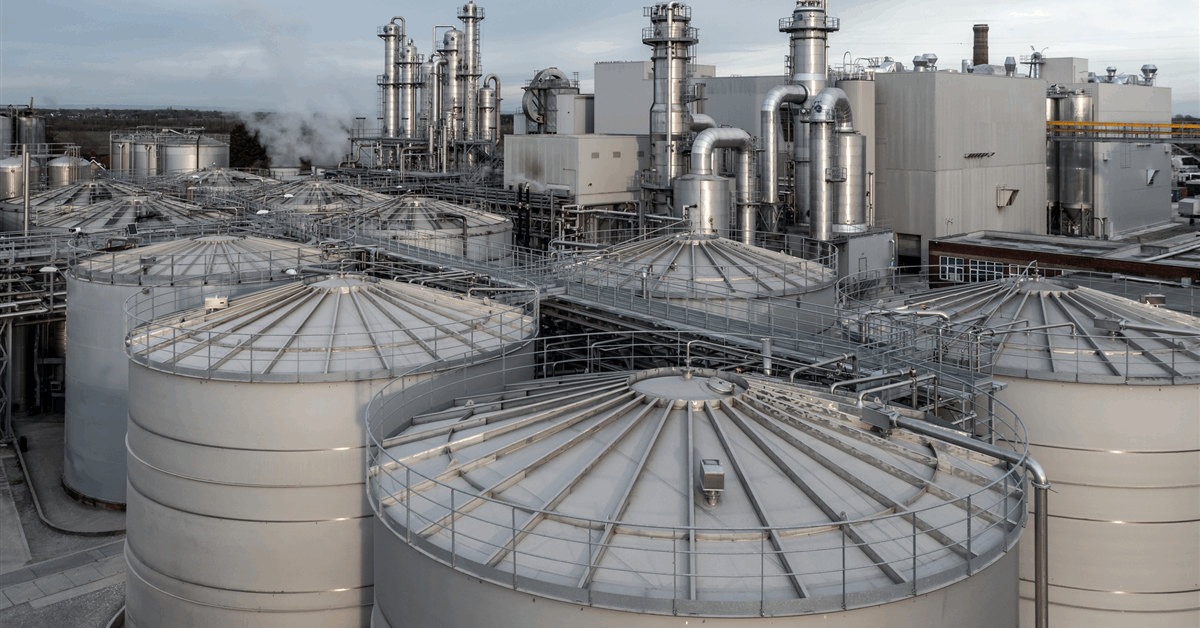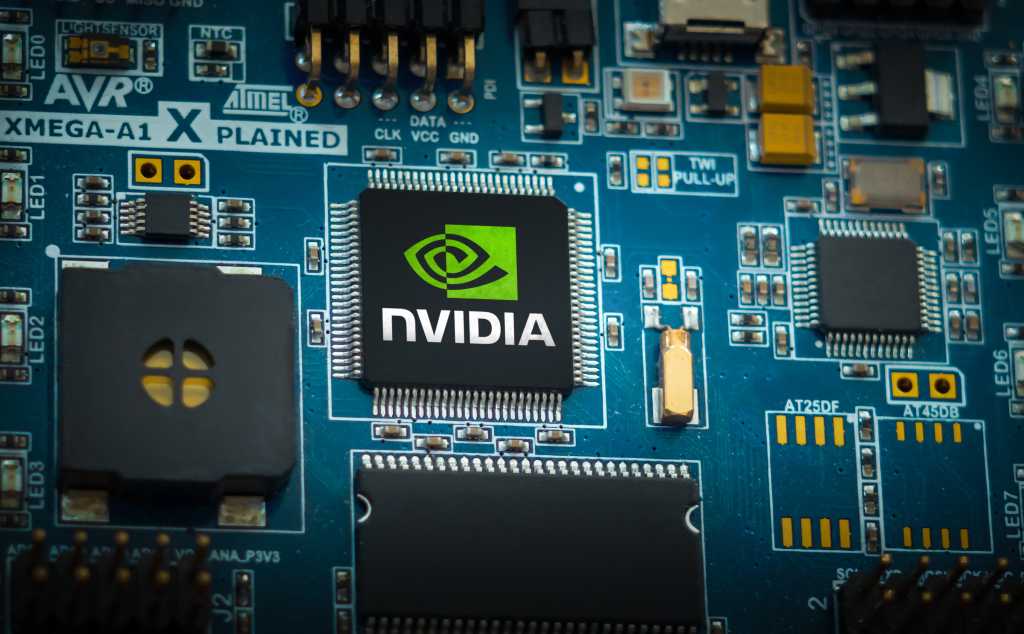
In an oil and gas report sent to Rigzone late Monday by the Macquarie team, Macquarie strategists revealed that they are forecasting that U.S. crude inventories will be up by 1.2 million barrels for the week ending February 28.
“This compares to a 2.3 million barrel draw realized for the week ending February 21, with the crude balance realizing moderately tighter than we had anticipated amidst surprisingly strong crude runs,” the strategists stated in the report.
“For this week’s balance, from refineries, we model crude runs up slightly (+0.1 million barrels per day). Among net imports, we model a modest increase, with exports lower (-0.3 million barrels per day) and imports up minimally on a nominal basis,” they added.
The strategists noted in the report that the timing of cargoes remains a source of potential volatility in this week’s crude balance.
“From implied domestic supply (prod.+adj.+transfers), we look for a bounce (+0.3 million barrels per day) this week. Rounding out the picture, we anticipate no change in SPR [Strategic Petroleum Reserve] stocks again this week,” the strategists said in the report.
“Among products, we look for builds in gasoline (+1.3 million barrels) and jet (+0.3 million barrels), with a distillate draw (-1.2 million barrels),” they added.
“We model implied demand for these three products at ~14.5 million barrels per day for the week ending February 28,” they went on to state.
U.S. commercial crude oil inventories, excluding those in the SPR, decreased by 2.3 million barrels from the week ending February 14 to the week ending February 21, the U.S. Energy Information Administration (EIA) highlighted in its latest weekly petroleum status report at the time of writing.
That EIA report was released on February 26 and included data for the week ending February 21. It showed that crude oil stocks, not including the SPR, stood at 430.2 million barrels on February 21, 432.5 million barrels on February 14, and 447.2 million barrels on February 23, 2024. Crude oil in the SPR stood at 395.3 million barrels on February 21 and February 14, and 360.3 million barrels on February 23, 2024, that report revealed.
Total petroleum stocks – including crude oil, total motor gasoline, fuel ethanol, kerosene type jet fuel, distillate fuel oil, residual fuel oil, propane/propylene, and other oils – stood at 1.605 billion barrels on February 21, the report highlighted. Total petroleum stocks were down 2.2 million barrels week on week and up 16.6 million barrels year on year, the report outlined.
In an oil and gas report sent to Rigzone by the Macquarie team on February 24, Macquarie strategists revealed that they were forecasting that U.S. crude inventories would be up by 0.6 million barrels for the week ending February 21.
The next EIA weekly petroleum status report is scheduled to be released on March 5. It will include data for the week ending February 28.
The EIA’s weekly petroleum status report states that it provides timely information on supply and selected prices of crude oil and principal petroleum products.
“It provides the industry, press, planners, policymakers, consumers, analysts, and State and local governments with a ready, reliable source of current information,” the report notes.
The EIA collects, analyzes, and disseminates independent and impartial energy information to promote sound policymaking, efficient markets, and public understanding of energy and its interaction with the economy and the environment, according to the EIA’s website, which describes the EIA as the statistical and analytical agency within the U.S. Department of Energy.
To contact the author, email [email protected]





















